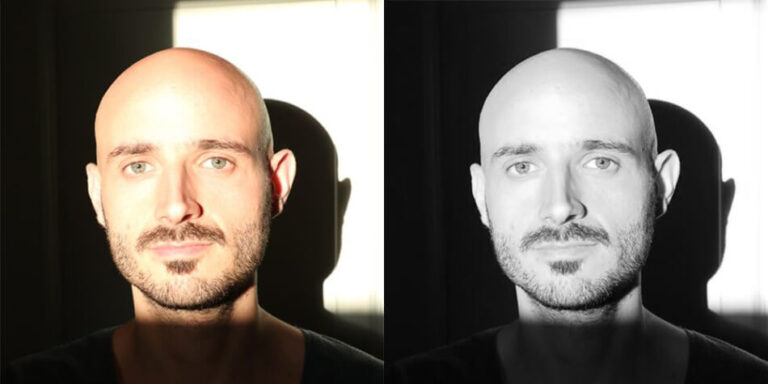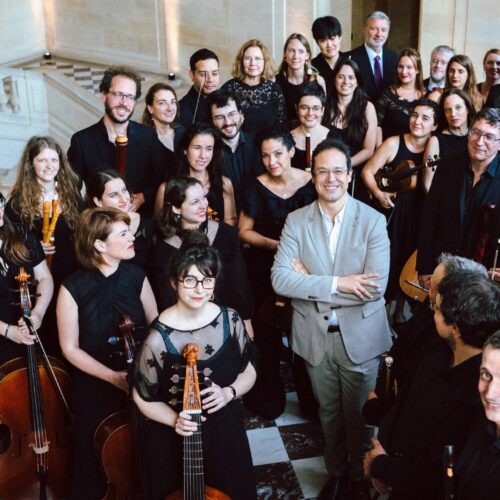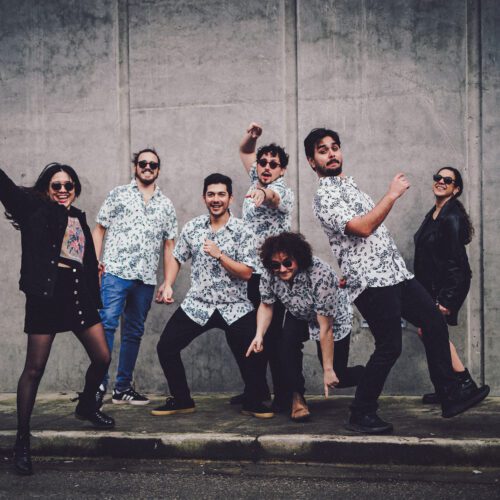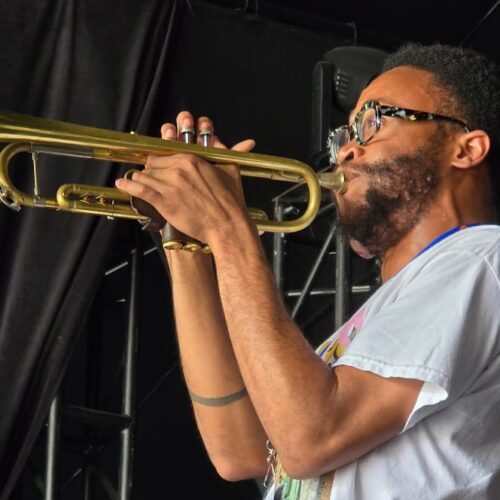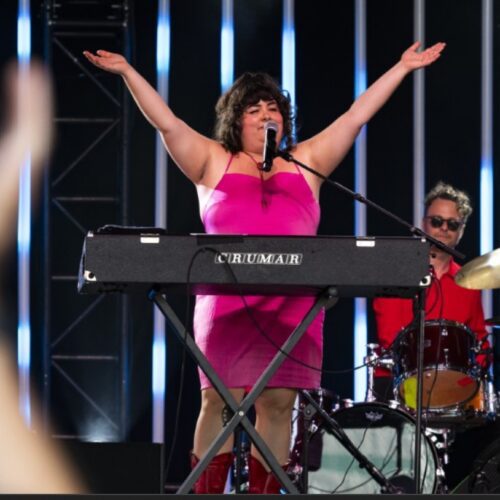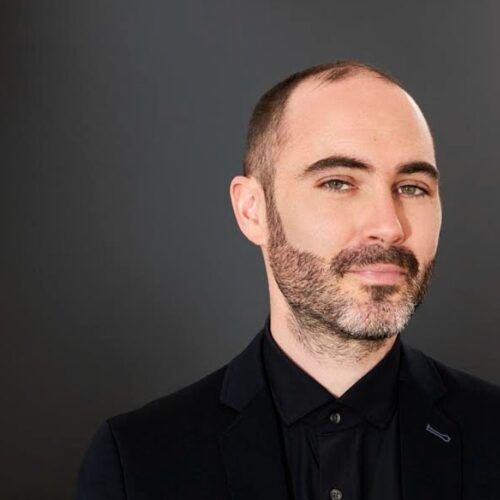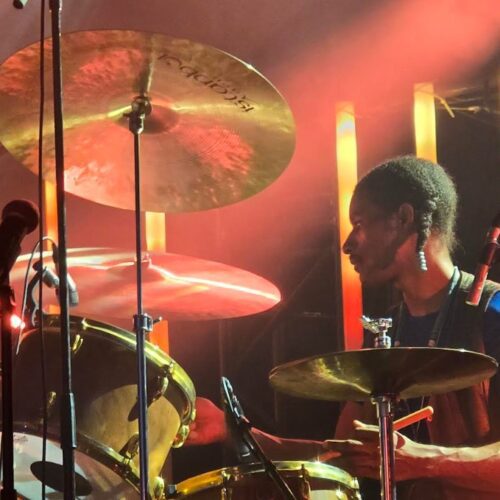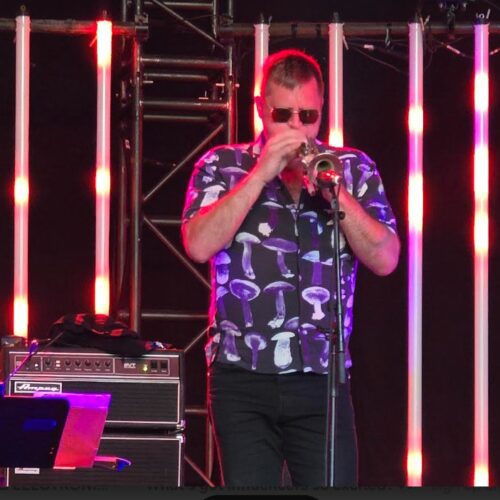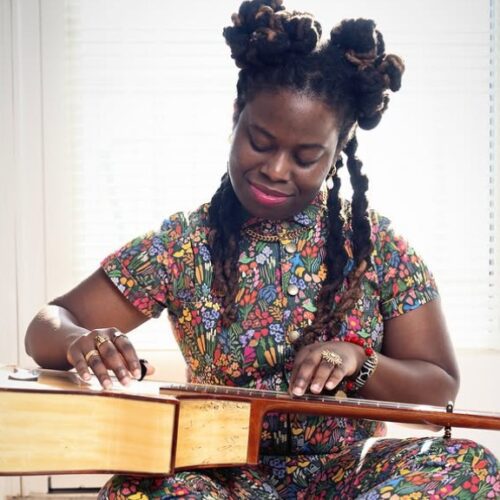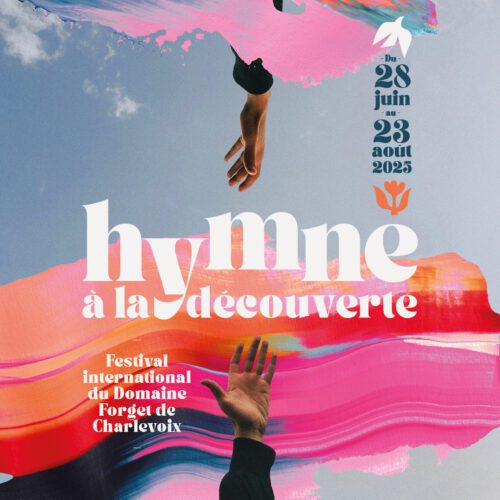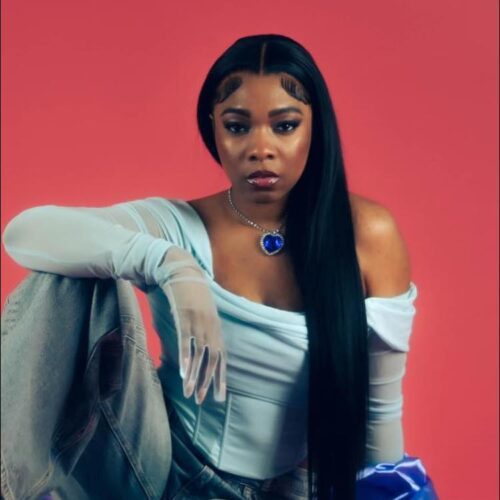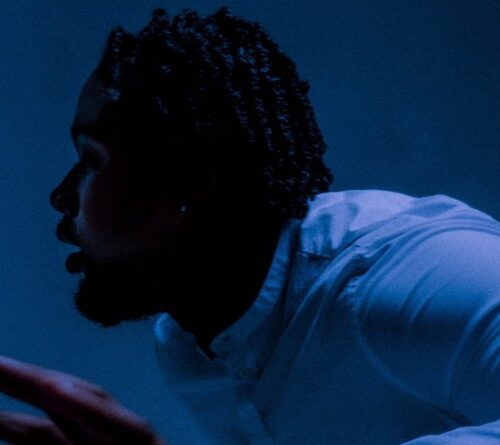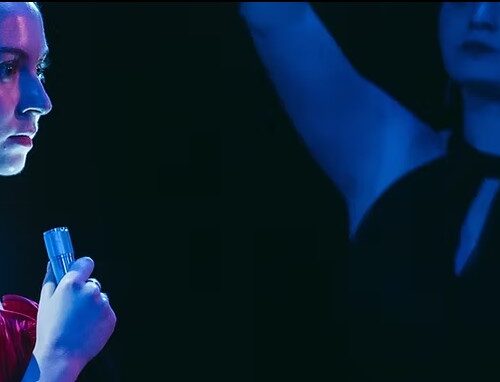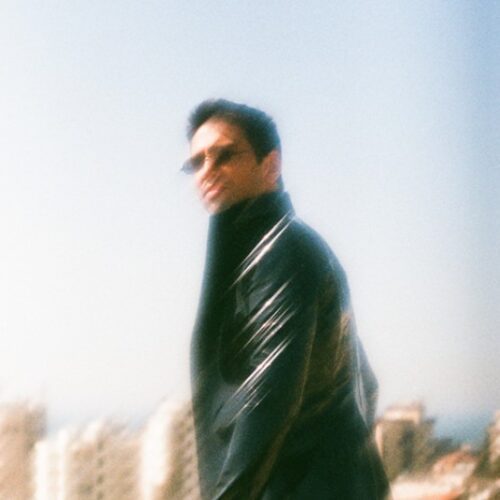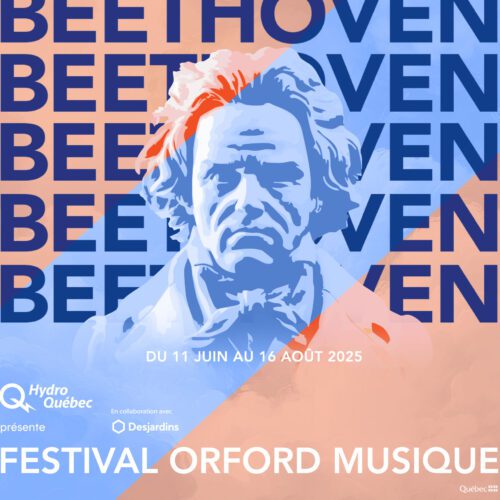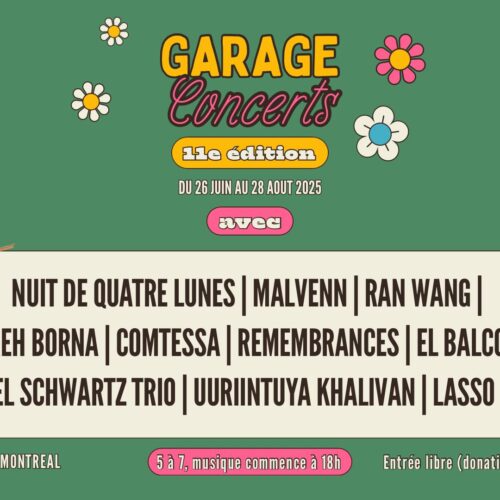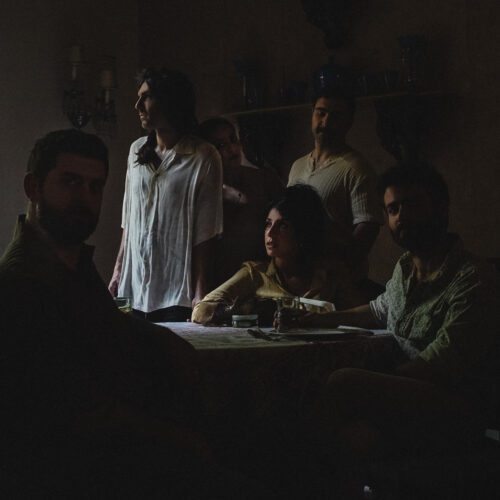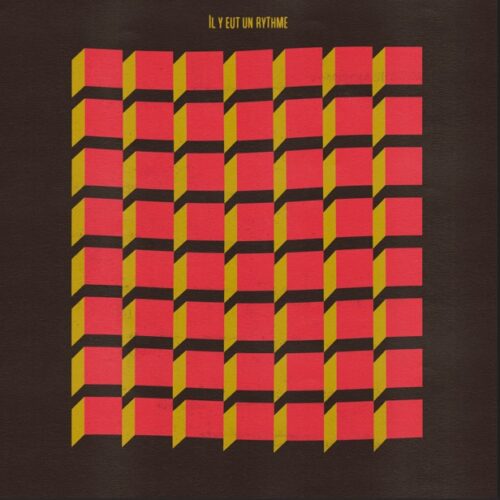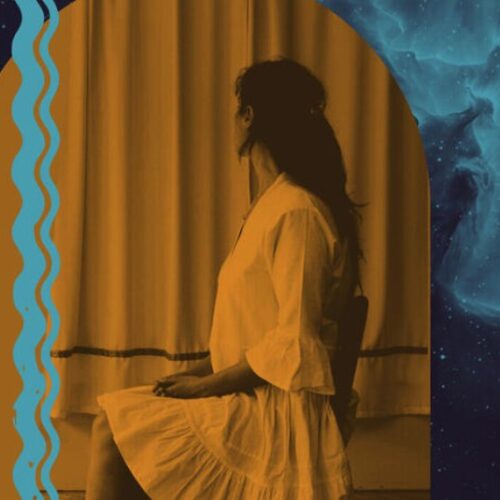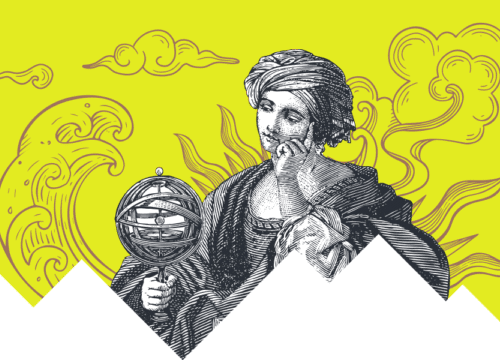Additional Information
The Semaine du Neuf, organized by Le Vivier, is drawing to a close, but there are still some fine discoveries to be made this weekend. One of them is the graduation concert of German composer Matthias Krüger, winner of the 2023-2024 New Music Residency awarded by CALQ, Le Vivier and the Goethe-Institut. This concert, to be held on Sunday at Ascension of Our Lord Church, will take us on an exploration of the sound potential of the organ, with the addition of an electronic device that controls the instrument in real-time. This concert will also be an opportunity to hear the work resulting from his residency, L’être contre le vent.
PAN M 360 spoke to Matthias Krüger about his artistic residency, his creative process and his fascination with sound.
PAN M 360: What were the aims of the residency you’ll be concluding with Sunday’s concert?
MATTHIAS KRÜGER: It’s a four-month residency, divided into two parts. I was here last autumn for two and a half months, and now I’m back for six weeks. It’s a residency for which you apply with a project of your choice. The idea is really to discover the place, meet people and be inspired by another environment.
PAN M 360: How did you come to set up this project?
MATTHIAS KRÜGER: When I arrived, I knew I wanted to do a work for a computer-controlled organ. Then I met Adrian Foster [the organist for Sunday’s concert] who was very interested and gave me access to the organ at Ascension of Our Lord Church. Towards the end of the first part of the residency, we went to try out the organ, and it was really great, very inspiring and exciting! And from there came the idea of doing a concert at the end of my residency, and making it an improvisation based on ideas.
PAN M 360: Tell us about the electronic component of your project.
MATTHIAS KRÜGER: In a way, this project is also about lutherie, electronic lutherie. You have to start by asking yourself what parameters you want to control in the organ, particularly on this organ, because not all computer-controlled organs work in the same way. Once you’ve understood that, you need to configure and program. Then there’s always the question: how do you control the parameters and the sound? Because that’s what music is all about. It’s the manipulation of sound over time.
PAN M 360: What characterizes this project, which combines acoustic and electronic sounds?
MATTHIAS KRÜGER: When you make electronic music, you realize just how complex an instrumental sound is, in its gesture, evolution and amplitude. You have to take into account all the movements required to produce a sound. So how can we create this richness in another way? The problem with electronic composition is to control several things at once so that they become organic.
All this has repercussions on the music we compose or imagine. Obviously, you have to know the instrument before you can compose for it. After that, the music flows from all the possibilities offered by the instrument. What’s interesting for me, above all, is to achieve mastery of the instrument, but also to be able to divert it a little, to do something else with it.
PAN M 360: So the concert will be a kind of four-handed organ concert but distanced?
MATTHIAS KRÜGER: Yes, it’s a bit like that. There’s a lot of coordination between us. For example, Adrian can play on one keyboard without it making a sound, or I can take the notes he’s playing and send them to another keyboard. I can also control the rhythm and registers, for example. There’s a kind of interactivity in the device that goes both ways.
PAN M 360: What was it about this particular organ, at Ascension of Our Lord Church, that lent itself so well to your project?
MATTHIAS KRÜGER: Not every organ is suitable for this. Not only do you need an electrified organ, but you also need a midified organ. Already, that narrows down the possible choices. Also, the availability of the organ was important, since the residency was done in two stages. When I was away, without access to the instrument, I could do maybe half the work. But after that, you have to test the device and hear how it goes. This question of access was very, very important.
PAN M 360: What themes do you particularly like to explore in your work?
MATTHIAS KRÜGER: What interests me is the fascination of sound, i.e. imagining myself in a silent, reverberant space. And my activity determines the existence of sound. And that’s what’s interesting about the organ: it’s always integrated into a space, it’s not a mobile instrument. This is what gives it its particular acoustics, and these acoustics mean that the sound is much less localized, coming from just about everywhere. The interesting thing about this is that you can create a context in which the identity of the sound is blurred.
PAN M 360: And how will this manifest itself in L’être contre le vent?
MATTHIAS KRÜGER: With the electronics in the room, this will blur the source of the sound a little. Since the sound seems to come from everywhere, it encompasses us. And with loudspeakers, we can also add another layer that gives the organ a slightly mysterious, monumental effect. Because the organ is a gigantic instrument, it can make a lot of noise, but it can also be very fine.
After that, controlling the organ by computer gives it a sense of eternity. It’s only possible on the organ. There’s this feeling of being out of time, which is already a bit inscribed in the way the instrument works. The potential to create something never before heard on the organ is enormous.
PAN M 360: The work you’ll be presenting is entitled L’être contre le vent. What does this title mean to you?
MATTHIAS KRÜGER: It’s taken from a poem by Paul Valéry, La jeune parque. The connection isn’t very close, it’s more an evocation of the organ being fed by the wind. Wind, and by extension air, are inherent to music. Without air, there’s no music, as in space, for example. For me, the wind is also a powerful metaphor for the sound that touches us, surrounds us and confronts us. In the poem, at the end, there’s this image of a woman at the seaside and the wind engulfs her. She puts her being against the wind. Ultimately, she’s contemplating her whole existence by looking out and confronting these forces of nature.
So I wanted to try and imagine in this church space being confronted with a mass of sound that seems eternal, but of course isn’t, because art is always artificial. It’s not about the truth, but rather about evoking the truth. Or to recall the truth. In fact, music is something very physical, something that enters our bodies. It’s this holistic aspect that fascinates me, this bodily aspect, that I generally seek in my music. I thought that, for this project, it was a very beautiful image.
Matthias Krüger’s L’être contre le vent will be presented on Sunday, March 17 at 8:30 pm at Ascension of Our Lord Church, as part of Semaine du Neuf, presented by Le Vivier. INFO AND TICKETS HERE!
